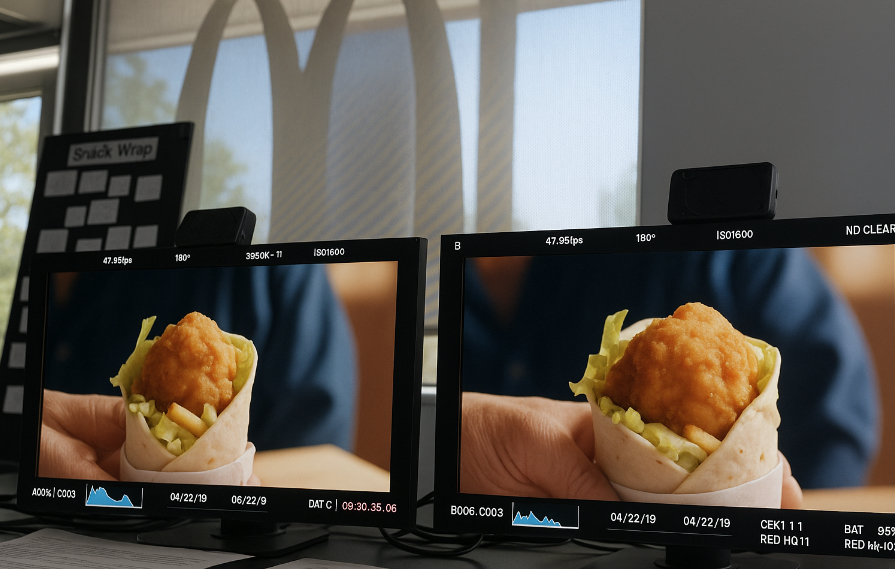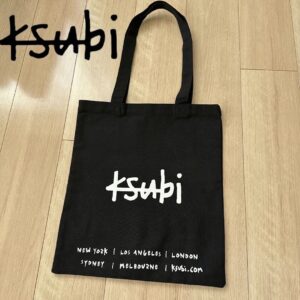You can finally stop hassling the high schooler at the drive-thru. The petitions can rest. The long national craving is over. On July 10, McDonald’s is officially bringing back its long-lost, much-memed hero: the Snack Wrap.
Discontinued in 2016 for reasons never fully explained (though rumored to be a prep-time headache for kitchen staff), the Snack Wrap’s return isn’t just a feel-good story for fast-food nostalgists—it’s a strategic maneuver in a heated market. With declining sales and mounting pressure from competitors, McDonald’s isn’t just chasing old fans. It’s fighting for relevance in a new kind of fast-food war.
The Chicken Economy
The modern fast-food landscape isn’t shaped by burgers anymore. It’s chicken—or more specifically, how many ways a chain can package, sauce, and market fried poultry. First came the Chicken Sandwich Wars, kicked off when Popeyes detonated the market in 2019 with a sandwich that had lines around the block and social media ablaze. Every major chain rushed to follow suit. Chick-fil-A, Wendy’s, KFC, Burger King—each one tried to out-crunch, out-sauce, and outdo the others.
But wars evolve. Sandwich fatigue set in. Consumers got used to excellence. The novelty faded. What remained was a sense that any chain without a killer chicken product wasn’t in the conversation. In 2023, Burger King and Wendy’s added wraps to their lineups—lower-cost, portable options aimed at budget-conscious diners.
Now McDonald’s is entering the wrap arena with the same precision it used to conquer the breakfast space in the 1970s. Except this time, it’s not just about flavor—it’s about survival.
What Went Wrong, What Needs to Go Right
McDonald’s is struggling. In Q1 2025, same-store sales fell by 3.6%, a rare stumble for the Golden Arches. Inflation plays a part. Consumers are pulling back. More are cooking at home, skipping drive-thrus, looking for better deals. The era of impulse fast-food runs is waning—and value matters more than ever.
That’s where the Snack Wrap fits in. It’s compact, familiar, and ideally priced for today’s economy. While McDonald’s hasn’t revealed the exact cost yet, competitors are hovering around the $3 mark. That sweet spot between “cheap enough to impulse buy” and “enough food to justify the purchase” is exactly where the Snack Wrap lives.
But the return isn’t without compromise. To streamline operations, McDonald’s is limiting customization: two options only—spicy or ranch—both built with McCrispy chicken strips. No grilled. No honey mustard. No tortillas filled to your whim. This isn’t the democratic wrap of yore; it’s a leaner, more corporate version.
And that’s a risk. The original Snack Wrap’s appeal was tied to choice. Customers could select their protein, sauce, and cheese—at least within reason. McDonald’s 2025 edition bets that standardization will be enough to satisfy demand while minimizing kitchen chaos. Whether that trade-off pays off depends on how strong the nostalgia really is.
Nostalgia, Weaponized
The return of the Snack Wrap isn’t happening in a vacuum. It’s part of a broader fast-food trend: resurrecting cult classics to tap into millennial and Gen Z nostalgia. Think of Taco Bell bringing back the Volcano Menu, or Pizza Hut’s throwback to its classic logo and dine-in experience. These aren’t just PR stunts. They’re carefully calibrated plays on memory, emotion, and identity.
The Snack Wrap has been meme fodder for nearly a decade. Its absence inspired online campaigns, Reddit threads, TikTok rants, and endless tweets begging McDonald’s to “stop playing games” and bring it back. By finally relenting, McDonald’s isn’t just reintroducing a menu item—it’s responding to a pop culture moment. They’re giving the people what they asked for—but on their terms.
That means tight branding. A new fan site. Behind-the-scenes content. Teasers and drop-style marketing more common in streetwear than fast food. This isn’t about food; it’s about fandom.
The Wrap Wars Begin
McDonald’s isn’t the only player in this new game. Just days before their Snack Wrap announcement, Popeyes launched its own chicken wrap—limited-time only, but clearly designed to steal thunder. Its wrap is crunchier, more aggressively seasoned, and clearly gunning for the viral magic its sandwich once had. It’s no coincidence that the launch timing was so close.
Meanwhile, Burger King and Wendy’s aren’t backing down. They’ve already embedded wraps into their menus as permanent items and offer more variety. If McDonald’s hopes to dominate, it’ll need more than nostalgia. It’ll need to win on flavor, consistency, and convenience—areas where it hasn’t always led.
What McDonald’s Can’t Afford to Miss
The core challenge for McDonald’s is relevance. Not brand recognition—it has that in spades—but cultural relevance. Younger consumers aren’t blindly loyal. They want value, customization, and food that feels like a win, not a compromise. If McDonald’s wants the Snack Wrap to stick this time, it can’t just be a nod to the past. It has to earn its place in the present.
That means listening to feedback. If fans demand grilled options or honey mustard, McDonald’s might need to flex. If competitors innovate—say, with plant-based wraps or international flavors—McDonald’s has to be nimble enough to respond.
It also means pricing smartly. Fast food isn’t cheap anymore. Consumers notice when value menus are padded with $4 items. A $2.99 Snack Wrap can work—but only if it’s satisfying. If it feels like a half-meal in a recession, people won’t come back.
Wrap It Up
McDonald’s has a shot to turn the tide. The Snack Wrap’s return is more than a menu update—it’s a referendum on how the brand adapts to shifting tastes and economic realities. This time, it’s not just fans who need it back. It’s McDonald’s itself.
If the Snack Wrap delivers, it could restore faith, drive foot traffic, and reignite a fast-cooling relationship with young diners. If it doesn’t? McDonald’s might learn that nostalgia alone isn’t enough to save you in a wrap war.
But let’s be honest—on July 10, most of us are still going to try one. And maybe that’s enough to start with.
No comments yet.








